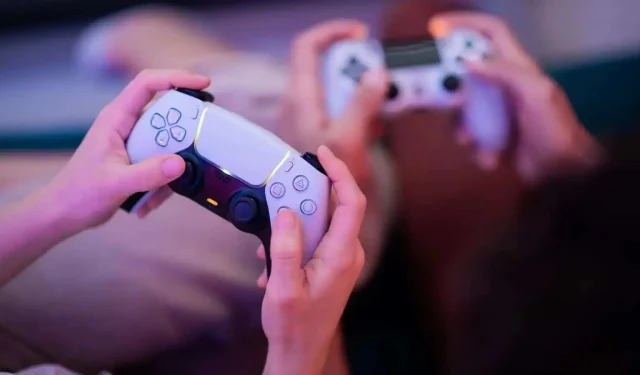Sony’s temperature-changing controller coming soon? Power in the palm of your hand for an even more immersive experience.
The ability of our electronic devices to provide meaningful physical responses to user interactions is now becoming a fundamental aspect of product design. This application, which aims to create physical responses to digital inputs, is called “haptics,”and its implementation ranges from simple stimuli, such as the vibration of a smartphone when receiving an SMS, to cutting-edge medical prostheses conceived and designed to restore the great complexity of the human body. lost sense of touch.
Sony’s temperature-changing controller coming soon?
Haptic feedback in games falls somewhere between these two extremes. Lighting and vibration have been a part of home gaming for many years, but engineers have always tried to push the boundaries to attract more players and provide a deeper and more intense immersion. Tactile innovation is one way to achieve this. Sony recently filed for a patent that takes a novel approach in this area by having the controller change the temperature in the player’s hands in response to certain stimuli. This patent is only the first step, but it could significantly change the way gaming peripherals interact with gamers.
The Sony patent in question is very brief; it states: “A joystick [that] has a sensor that uses a deformable elastic component detects user contact or a deforming action of that elastic component and fires an electrical signal based on the detected contact or the distorting action in question.”However, this deformability is only one aspect of the technology described in this document, the patent also details the incorporation of a “temperature control system”.
Strength in the palm of your hand
According to Sony, the two elements can work together: “The temperature control system can be controlled in such a way that the greater the deformation, the more the temperature rises.”In other words, this hypothetical future controller could integrate an element capable of responding to the player’s actions by electrically changing the temperature.
However, Sony does not describe any specific use case for this system. This could be as simple as cooling down the controller when the player character enters a cold world, or heating it up when a fire is burning nearby. Or not. When the vibration controller came out in the late 1990s, it was too simple, the vibrations worked very roughly according to certain events on the screen. In the years that followed, vibrational systems evolved into a veritable tactile language, able to modulate its frequency and intensity in order to convey subtle information to the player. Will temperature become such a complex and meaningful part of the experience? Future will tell. Sony’s patent indicates it is possible anyway. However, as with any patent, no one knows if this idea will become a reality. To be continued!


